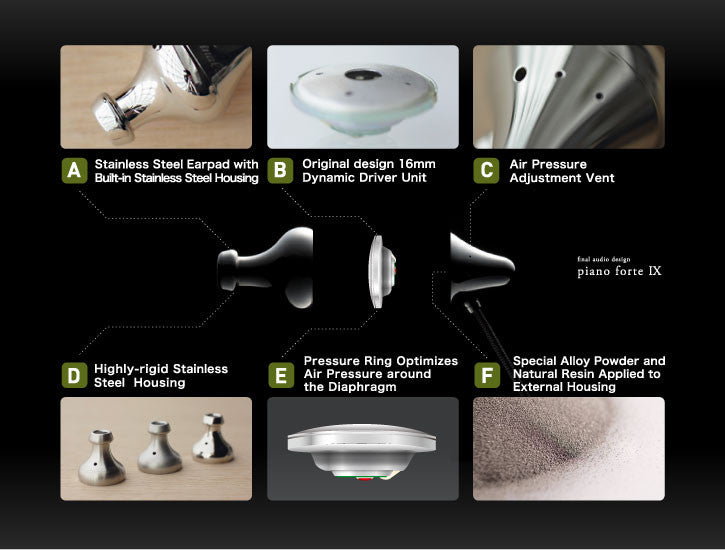- Continue Shopping
- Your Cart is Empty

A Look Inside Earphones- How do they Work?
With only a thin cord, tiny speakers and minuscule earbuds that are only about an inch in diameter, earphones can produce an exceptionally loud sound for their small size. Looking at these petite compact pieces of technology, that you could easily handle and store as effortlessly as pocket change, easily makes you wonder how these ingenious little speakers work. Read on to learn the interesting physics of earphones and how this convenient invention is able to produce such a large sound from such an extraordinarily small frame.
Human Ear Response
First, to better understand how earphones work, you’ll need to know a little about how the human ear receives and processes sound. A very thin cone-shaped membrane, known as the eardrum, separates the external part and middle part of the ear. This thin membrane vibrates when exposed to continuous changes in air pressure and these vibrations are known as sound.
Earphone Components
Secondly, to truly understand how earphones function, you’ll need to know what components your earphones are made up of. Earphones are, in general, speakers that are placed inside of the ear canal that vibrate your eardrum with sound waves to create sound. There are only a few basic components that make up earphones: the outer earbud shell, magnet, diaphragm, coil and earphone cords.
Component Placement
The exterior shell of your earphones is vital for enclosing all of the important speaker parts inside of the earbud and also plays a role in amplifying sound. The back of the earbud shell is the section that holds the magnet in, while the front of the earbud shell features holes that easily transfer the audio from your earbuds to your ears. The front earbud shell may sometimes contain a soft foam or rubber covering for added comfort and to further protect your ears. The diaphragm, made from a thin flexible plastic material, is located just under the front of the earbud shell and is attached to a metal coil that is located directly behind it.
Earphone Function
The first part of the earphone functioning process is the metal coil being charged by an electrical current flowing through your earphone wiring. This charge then creates a magnetic effect that magnetically moves back and forth rapidly stretching the thin diaphragm as it vibrates back and forth. This creates the quick air movements that make the sound waves that travel through the holes in the front of your earbuds and into your ear canal. The faster the diaphragm vibrates, the higher the pitch will be that the eardrum detects. The slower the diaphragm vibrates, the lower the sound frequency will be. The combined speed of the diaphragm vibration with the force of the sound waves is what determines your volume.






Modern Speakers
Author